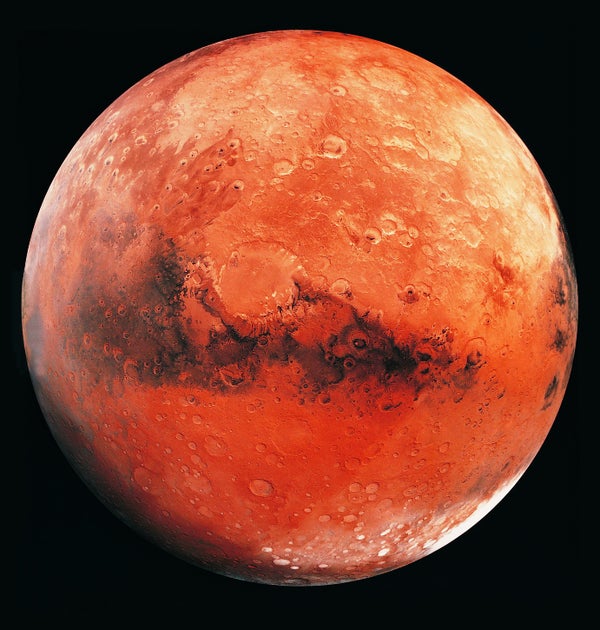“Absolutely spectacular mission…and it’s not a rover, it’s a lander. It’s designed to land and deploy several instruments.”
Jim Green, NASA’s new chief scientist, talking about the InSight Mission to Mars. InSight [Interior Exploration using Seismic Investigations, Geodesy and Heat Transport] launched from Vandenberg Air Force Base in California the morning of May 5th. He spoke with Scientific American space editor Lee Billings, who recorded their conversation.
“One instrument…will be set on the surface and will measure Marsquakes. Now why are Marsquakes important? Well, Marsquakes, because we can get the acoustic signals and see how they are displayed in time, we can tease out the size of the core, even if it’s liquid or not, the size of the mantle and the crust, and compare those with the big terrestrial planet, Earth, that we know a lot about its interior. And this will really help us understand how terrestrial planets are made.”
On supporting science journalism
If you're enjoying this article, consider supporting our award-winning journalism by subscribing. By purchasing a subscription you are helping to ensure the future of impactful stories about the discoveries and ideas shaping our world today.
Green was NASA’s Planetary Science Division director since 2006 before taking on his current assignment just last week. Back to the InSight Mission.
“But in general, it also has a human exploration part to it. For instance, we know Mars is quaking, we have seen with Mars Reconnaissance Orbiter, from orbit, avalanches. And so, something is going on and it’s shaking the planet. And this is really exciting, because if humans go to Mars in our lifetime, which I anticipate they will, they’re gonna need to build structures. Those structures have got to be able to understand the environment and be safe. And so they’re gonna have to withstand whatever Marsquake environment is actually there. We will know what that is, we will know if it’s difficult or whether it’s relatively easy, but we’ll be able to accommodate it no matter what.
“Now another experiment is a heat probe. This also sits on the surface and it pounds into the ground about five meters a set of thermistors that will measure the heat…and that will tell us how Mars is cooling off. You know, all our planets were built 4.5 billion years ago, they’re still cooling off from their initial accretion. So we’re going to see, well, gee, is like Earth’s geothermal ability, does Mars have an ability to, as it cools off, heat habitats for human exploration, or is it primarily very cool in the core, and we’ll know if it’s partially liquid or not, is that completely solid now. And all that will be put together in our models of the interior of Mars and as I said, it will also have some profound effects on what we do with human explorations next.”
If all goes well, InSight will land on Mars on November 26th.
—Lee Billings and Steve Mirsky
[The above text is a transcript of this podcast.]

